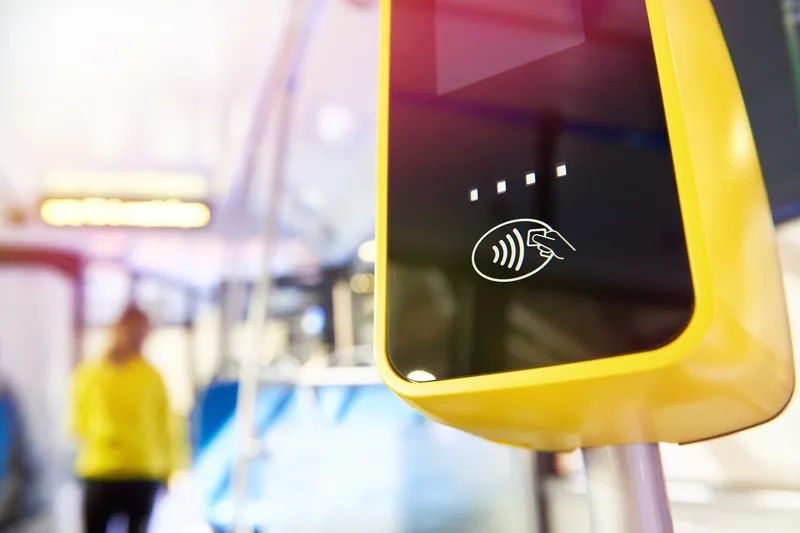Florida’s Hillsborough Area Rapid Transit Authority (HART) is testing a smartphone application that would inform passengers in real time when buses will arrive. The OneBusAway pilot project is part of HART’s ongoing effort to provide bus information on mobile devices, officials said. The system would allow users to enter a numeric code for their bus stop and receive information on the length of time before the bus reaches them. A HART survey found that more than half of 400 respondents indicated real-time i
March 7, 2013
Read time: 2 mins
Florida’s Hillsborough Area Rapid Transit Authority (HART) is testing a smartphone application that would inform passengers in real time when buses will arrive.
The5674 OneBusAway pilot project is part of HART’s ongoing effort to provide bus information on mobile devices, officials said.
The system would allow users to enter a numeric code for their bus stop and receive information on the length of time before the bus reaches them.
A HART survey found that more than half of 400 respondents indicated real-time information about bus locations and arrival times could increase the number of trips people might take.
Other research has found that transit passengers with access to such information perceive their wait time to be about thirty per cent shorter than those who do not have access to that information, a report by the University of South Florida's Center for Urban Transportation Research indicated.
Bus officials are able to provide the information because of GPS technology that shows where buses are at any given time and how fast they are moving. "We have known where all our buses are for the past ten to twelve years," said Kathryn Eagan, HART's chief operating officer. "The question is how to package that information for consumers. It is important to push information onto phones."
The project will be tested by selected users for two months. After results of a follow-up survey are analysed, HART officials will consider whether to include the project in the agency's annual budget.
OneBusAway was developed by students at the University of Washington to help convince customers to trade the comfort and convenience of their vehicles for the economic and environmental advantages of public transit.
The
The system would allow users to enter a numeric code for their bus stop and receive information on the length of time before the bus reaches them.
A HART survey found that more than half of 400 respondents indicated real-time information about bus locations and arrival times could increase the number of trips people might take.
Other research has found that transit passengers with access to such information perceive their wait time to be about thirty per cent shorter than those who do not have access to that information, a report by the University of South Florida's Center for Urban Transportation Research indicated.
Bus officials are able to provide the information because of GPS technology that shows where buses are at any given time and how fast they are moving. "We have known where all our buses are for the past ten to twelve years," said Kathryn Eagan, HART's chief operating officer. "The question is how to package that information for consumers. It is important to push information onto phones."
The project will be tested by selected users for two months. After results of a follow-up survey are analysed, HART officials will consider whether to include the project in the agency's annual budget.
OneBusAway was developed by students at the University of Washington to help convince customers to trade the comfort and convenience of their vehicles for the economic and environmental advantages of public transit.









